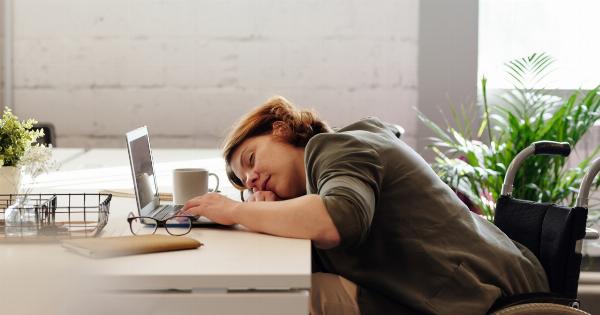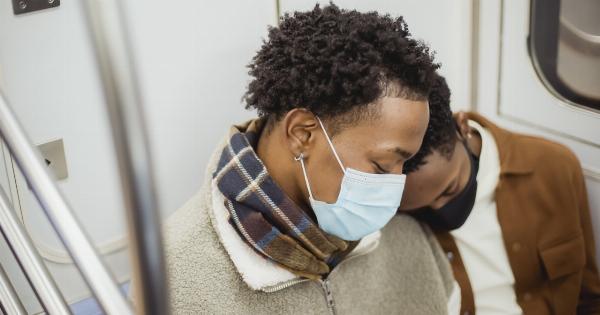There is nothing worse than waking up in the middle of the night with sudden and unexplained cramps, leg jerks or sleep apnea. For most people, such nocturnal issues are not unusual, and for some, they can be recurrent.
In this article, we explore how you can gain control over your nocturnal issues by viewing them through the lens of reducing salt and getting appropriate sleep apnea therapy.
What are nocturnal issues?
Nocturnal issues refer to unwanted health-related events that happen while we are asleep. They can include things like:.
- restless leg syndrome
- sleep apnea
- heartburn
- leg cramps and spasms
Why does nocturnal issues happen?
Nocturnal issues can have various causes, including medical conditions, medications, lifestyle factors, and even stress. Here are some common triggers:.
- Salt: Consuming a high amount of salt during daytime hours may lead to leg cramps at nighttime. When you consume salt in excess, this can cause an imbalance of fluids inside and outside of cells and cause your body to become dehydrated, which can lead to muscle cramps.
- Obstructive Sleep Apnea: Sleep apnea is a condition that affects many people. It causes an obstruction in the airway, leading to shallow breathing or complete pauses in breathing. When this happens, the brain starves for oxygen and can cause the person to wake up suddenly throughout the night in order to resume breathing. This can lead to feelings of exhaustion and fatigue in the morning or even brains fogs and headaches during the day.
How to deal with nocturnal issues?
Reduce Salt Intake
If you experience leg cramps at night, try reducing your salt intake throughout the daytime. According to NHS, adults should eat no more than 6g of salt per day. Instead, choose low-sodium foods such as vegetables, whole grains, and lean protein.
Additionally, try taking an Epsom salt bath before bed to release magnesium and ease muscle tension.
Sleep Apnea therapy
If you suspect that you have sleep apnea, speak to your doctor and request an in-home sleep study, or a referral to a sleep specialist. There are various treatment options to choose from depending on the severity of one’s case.
Here are some common treatments your sleep specialist might recommend:.
- Continuous Positive Airway Pressure (CPAP) therapy: With CPAP therapy, you wear a mask over your nose and/or your mouth while sleeping. This mask is connected to a machine that delivers constant, mild air pressure to keep your airways open. For many people, CPAP therapy is an effective way to help with sleep apnea.
- Oral Appliances:An oral appliance looks like a mouthguard and is meant to be worn only during nighttime sleep. For those with mild to moderate sleep apnea and who cannot tolerate CPAP therapy, oral appliances can be an excellent alternative.
- Positional Therapy: For people with sleep apnea that is worse when sleeping on your back, positional therapy can help. Specific devices and pillows are created that prevent people from sleeping on their back, thus reducing apnea.
Conclusion
Reducing salt intake and getting appropriate sleep apnea therapy are two of the most effective ways to address nocturnal issues such as leg cramps, sleep apnea ,and more, which can often lead to a lack of restful sleep.
By taking simple steps to help your body relax and promote healthy sleep patterns, you may start to notice a significant difference in your quality of life.



























